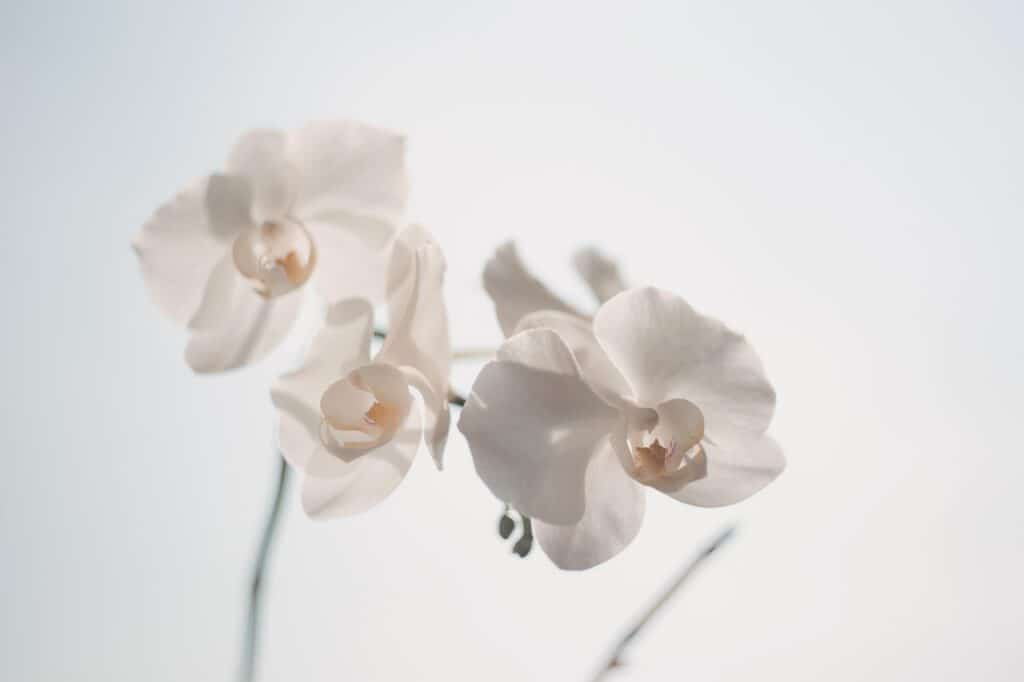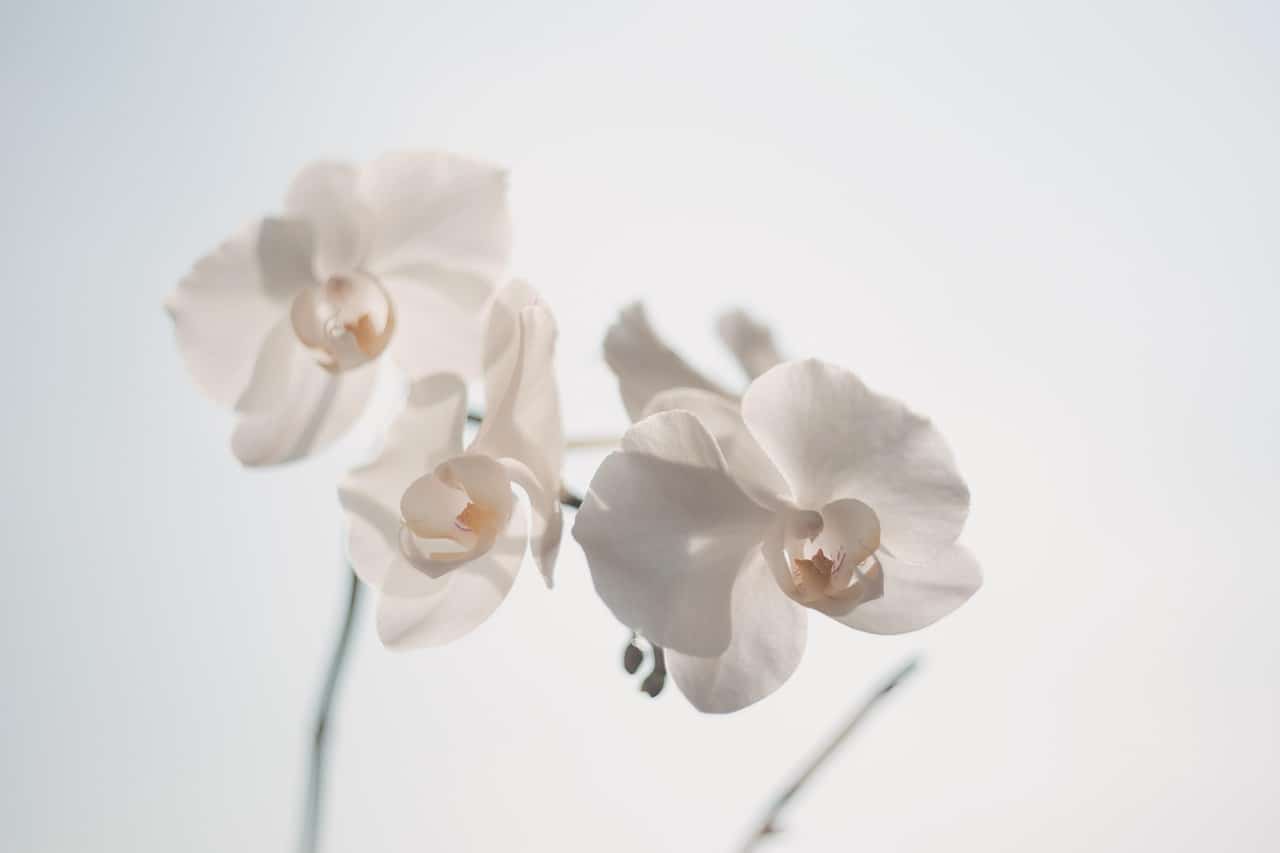Orchids are beautiful and exotic, and their blooms are a sight to behold. However, it can be disappointing when your orchid refuses to bloom, even after months of care. While many factors can affect the blooming of your orchid, from pests and diseases to lighting and humidity, with the right care and attention, you can troubleshoot and fix most issues.
In this guide, we’ll explain the essential factors that affect the blooming of orchids and guide you through the troubleshooting steps to identify why your orchid won’t bloom.

Checking Your Orchid’s Living Conditions
Before you start troubleshooting why your orchid won’t bloom, you should first check the living conditions of your plant. Here are the essential living conditions to consider.
Understanding the Ideal Temperature and Humidity Levels
Orchids thrive in warm and humid environments, which mimic their natural habitats in the tropics. The ideal temperature range for orchids is between 60°F (15.5°C) and 85°F (29.4°C), with a humidity level of around 50 to 70 percent. Temperatures that are too high or low can inhibit bloom growth.
Examining Soil Conditions and Pot Size
Roots of orchids need plenty of air circulation, so suitable potting soil and pot size are essential. Orchids commonly grow in bark, sphagnum moss, or a combination of both. The pot size should accommodate the plant’s root system, and the potting mix should drain quickly to avoid waterlogged conditions.
Identifying Potential Pests and Diseases
Pests and diseases are one of the most common reasons why your orchid may not bloom properly. Here are some common orchid pests and diseases to look out for.
Recognizing Common Orchid Insects and Fungal Diseases
Mealybugs, spider mites, and thrips can damage the blooms and leaves of orchids and inhibit bloom growth. On the other hand, fungal and bacterial infections like black rot and brown spot can also cause damage. If you notice any signs of pests or diseases, it’s crucial to take timely corrective measures.
Examining Lighting and Watering Practices
Light and water are essential factors that affect the healthy growth of your orchid. Here’s what to consider.
Evaluating the Amount and Duration of Sunlight
Orchids need varying amounts of light depending on their type. Too little or too much light can inhibit bloom growth. You must place your orchids in an area where they’ll get plenty of indirect sunlight throughout the day.
Analyzing the Watering Schedule and Proper Drainage Methods
Overwatering or underwatering can be among the main reasons why your orchid won’t bloom. Overwatering can lead to root rot and poor nutrient absorption, while underwatering can cause the plant to dry out. The key is to water your orchids consistently and be mindful of proper drainage.
Supporting Blooming with Fertilizer
One method to help your orchids bloom is to use fertilizer, which provides the additional nutrients necessary for healthy bloom growth. However, it’s essential to be cautious and mindful in choosing the right fertilizer, as overuse may harm your plant rather than help it.
Encouraging Blooming Through Pruning
Pruning is a method that encourages your orchids to bloom. Removing dead blooms and stems from your plant helps it focus on producing new blooms. This method also provides a clear view of the plant’s health status, enabling you to address any underlying issues early.

Other Tips on Encouraging Blooming of Orchids
In addition to the steps mentioned above, here are some additional helpful tips to encourage the healthy blooming of your orchids:
– Repot orchids every two years to provide fresh potting soil and check the root system’s health status
– Use a humidifier or pebble tray to regulate humidity levels
– Use a timer to ensure constant lighting
– Protect orchids from cold drafts or heat vents
Regular inspection and timely corrective measures for any issues are essential for encouraging the healthy blooming of orchids. With proper living conditions, pest and disease control, lighting, watering, and care practices, you can troubleshoot and fix most issues preventing your orchid from blooming.
Conclusion
Orchids can be finicky plants, and it’s not always easy to ensure they bloom. However, by following the steps above and addressing any issues in a timely and proactive manner, you can encourage your orchids to bloom and enjoy their beautiful and exotic flowers.

